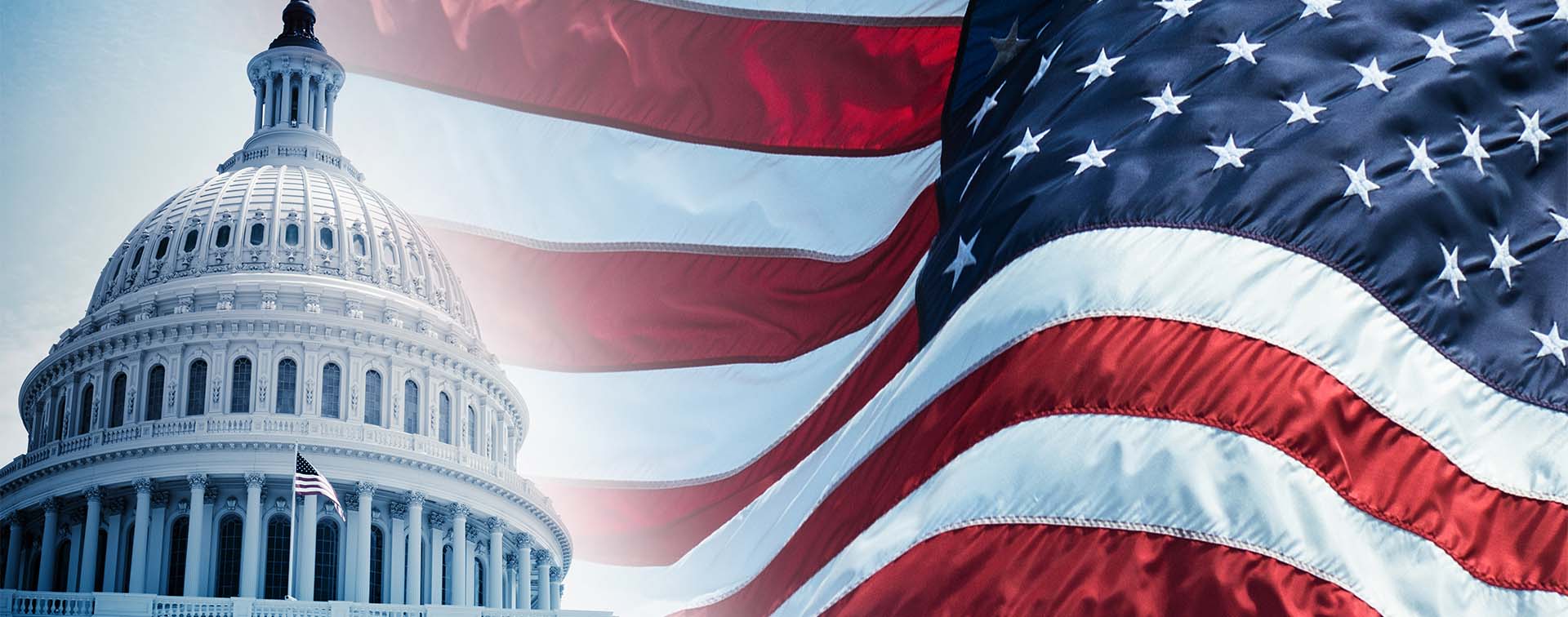
Annie Pforzheimer is a retired career diplomat with the personal rank of Minister Counselor from the Department of State, a Senior Non-Resident Associate at the Center for Strategic and International Studies, a member of the Council on Foreign Relations, a Global Fellow at the Woodrow Wilson Center, an Adjunct Professor at the City University of New York, and a public commentator and consultant on foreign policy issues.
During a hot election season in the USA, even a divided US polity agrees that asylum claims and illegal migration are swamping a system that was not built to handle the numbers trying to move north. Mexico and Canada are taking steps, which are already underway, to support immigration controls. But the fact that US post-pandemic economic growth is largely powered by migrants is clear to economists and industry leaders. Americans largely support streamlining legal migration but given the country’s politics only a Democratic victory in both houses of Congress, which currently appears unlikely, could guarantee immigration reform.
In Mexico and Canada, in large part due to lobbying efforts by the Biden Administration, which has been under fire for the seeming disorder at its southern border, new legal barriers to movement are being enacted. Fewer migrants are being apprehended at the US–Mexico border than at the end of 2023. Mexico is tightening travel requirements on South Americans to require a visa for entry — most recently for Peruvians, following similar requirements for Brazilians, Ecuadorans, and Venezuelans. It also has stepped up enforcement measures, including busing migrants to the southern part of Mexico, which has the unfortunate consequence of putting pressure on communities in Mexico’s least developed region. Claudia Sheinbaum, who will become Mexico’s first female president in October, spoke with US officials in June about security, migration, and trade. She is widely expected to continue her nation’s policies of containing migrants and trying to address root causes of migration, according to a variety of observers who note her close and supportive relationship with current Mexican president Lopez Obrador.

Canada for its part reimposed visa requirements on Mexicans as of 29 February 2024, in response to “an increase in asylum claims made by Mexican citizens that are refused, withdrawn or abandoned”, applicable to those who do not hold a US visitor visa and have not visited Canada with a visitor visa in the past 10 years, and those arriving by land or sea. Mexican visitors to Canada who fit one of those categories and are flying to Canada can apply for an electronic travel authorization. The change will not impact work or student visas. Visa requirements for many visitors had been lifted in 2016 in favor of electronic travel authorizations. Analysts link the move to pressure from both the US and the Quebec authorities.
Meanwhile, the political focus about immigration in the USA is on whether the Biden administration can impose order through executive action, since Congress continues to avoid creating a new legal structure for immigration and asylum. Former President Trump routinely attacks Biden for the “deliberate demolition of our sovereignty and of our borders” while Republicans amplify instances of crimes committed by people illegally resident in the USA, in a tactic that has successfully elevated unsubstantiated fears about the issue. Trump said he would deport millions of non-citizens in his speech at the Republican National Convention. Meanwhile, using his executive authorities, Biden has taken seemingly contradictory actions, which have a common thread of appealing to voters for the eventual Democratic candidate. In early June, he issued an executive order to allow immediate removal of intending asylees after a daily numerical threshold is reached, a nod to moderate Democrats, independents, and Republicans concerned about the border. Later in the same month, he authorized regulations giving 500,000 undocumented spouses of American citizens a path to legal residency, provided they have lived in the USA for 10 years and pass a background check, an action designed to appeal to the Democratic party’s left wing and the (eligible voter) husbands and wives of those who will benefit from the measure.
Below the surface of accusations and American unease with an “out of control” border, access to migrant labor has helped the US economy recover from the pandemic, creating jobs and stock market highs and counteracting the impact of an aging and shrinking native-born population. While there are few highly public champions for immigration in the center or right in US politics, business groups in immigration- and tourism-dependent industries, such as agriculture, construction, and hospitality, are extremely concerned about the impact of border and immigration crackdowns. Their major worries relate to measures likely to be imposed under a second Trump administration, including ending the Temporary Protected Status regime, rolling back the Deferred Action for Childhood Arrivals status, and consequent mass deportations for up to 1 million people now eligible for those programs.
The real story on attitudes towards immigration is complex in the USA, but more unified and forward-leaning than some of the headlines would suggest. An April poll by news organization Axios showed that Americans favor lawful immigration by a large margin: 68% said illegal immigration causes major problems in communities, while only 27% said the same about legal immigration. A solid 58% said they support expanding legal pathways for orderly immigration, and 65% think the USA should make it easier for anyone seeking a better life to enter legally so that they don’t need to enter illegally. One way to interpret this, according to the poll analyst, is that “people would take expanded legal immigration if they saw there was a crackdown on the border”. Even Trump has exhibited some of this ambivalence. In June, he told a podcast interviewer that he favored granting permanent residency to college graduates from foreign countries, a green card as “part of your diploma”. (His campaign later stated that this would only occur after extremely rigorous vetting of the individuals.) This idea would sit badly with his base but could potentially appeal to businesspeople who disliked the Trump administration’s record opposing skilled immigrant programs, particularly H1-B visas.
The last major American immigration overhaul was in 1986, and the current system is a patchwork of laws that reflect national confusion on the topic. Attempts at systemic reform since then have failed, most recently in 2013. Even during a period of harsh electoral rhetoric, areas of convergence on immigration in the USA might be enough to bring improvements to the rules regarding family and skilled labor categories, as well as asylum. Of the two parties, only a Democratic candidate is likely to support such a reform. Congress is the real key. If Democrats can win back the House and keep the Senate, which currently appears unlikely, there would be an opportunity for them to work with business-friendly Republicans to determine immigration rules that work for the turbulent 21st century.
Henley & Partners assists international clients in obtaining residence and citizenship under the respective programs. Contact us to arrange an initial private consultation.

Have one of our qualified advisors contact you today.
We use cookies to give you the best possible experience. Click 'Accept all' to proceed as specified, or click 'Allow selection' to choose the types of cookies you will accept. For more information, please visit our Cookie Policy.